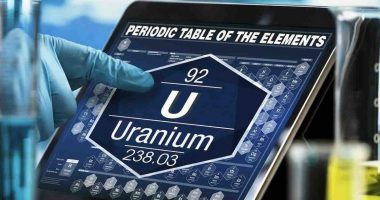- Fenix Resources has provided a positive update on the metallurgical studies conducted on its Iron Ridge DSO hematite project in WA
- The Commonwealth Scientific and Industrial Research Organisation (CSIRO) developed the laboratory test methodology
- Iron Ridge composite fines matrix blends performed well when substituted at 10, 20, 30, 40 and even 100 per cent in a typical Japanese Steel Mill blend in sintering tests
- Composite fines are classified as high grade with moderate alumina and low silica
Fenix Resources has provided an update on the metallurgical studies conducted on its Iron Ridge DSO hematite project in Western Australia.
The Commonwealth Scientific and Industrial Research Organisation (CSIRO) has developed a laboratory test methodology that allows the relative sintering properties of fine ores and concentrates to be determined.
The tests have returned positive results on both the ore characterisation and sintering characteristics.O
The Iron Ridge composite fines were classified as high grade (above 64 per cent iron), with moderate alumina (2.48 per cent), and low silica (3.57 per cent), total loss on ignition (1.68 per cent) and phosphorous (0.06 per cent) contents.
This is considered representative of the Iron Ridge deposit give the Indicated Mineral Resource averages very similar quantities.
The majority of the sample fell within the -4+0.5 mm range, with little material in the -0.25+0.038 mm range and relatively few coarse -4 mm particles.
Sintering tests were carried out to evaluate the performance of the -1 mm matrix-forming component of the ore, then substituted in a simulated customer blend, as well as the reactivity of the coarse, ore nucleus-forming fraction.
The Iron Ridge composite fines proved to be highly compatible with the simulated Japanese Steel Mill customer blend, with all blends achieving high strength above the target value, over a wide temperature range.
The high reactivity and impressive sinter matrix strength of the fines, suggest good blending compatibility with other fine ores contributing stable, coarse pre nuclei, at immediate fuel rates.
“The results suggest that the Iron Ridge fines can improve the sinter blend characteristics due to the high proportion of low‐temperature bonding phase formation and its generally high matrix strength,” Managing Director Robert Brierley said.
“We now have independent evidence of the potential of Iron Ridge product to form a high‐quality sinter matrix at a low cost which we will be pleased to share with the parties that we are currently engaged with in discussing potential product off-take,” Robert continued.








